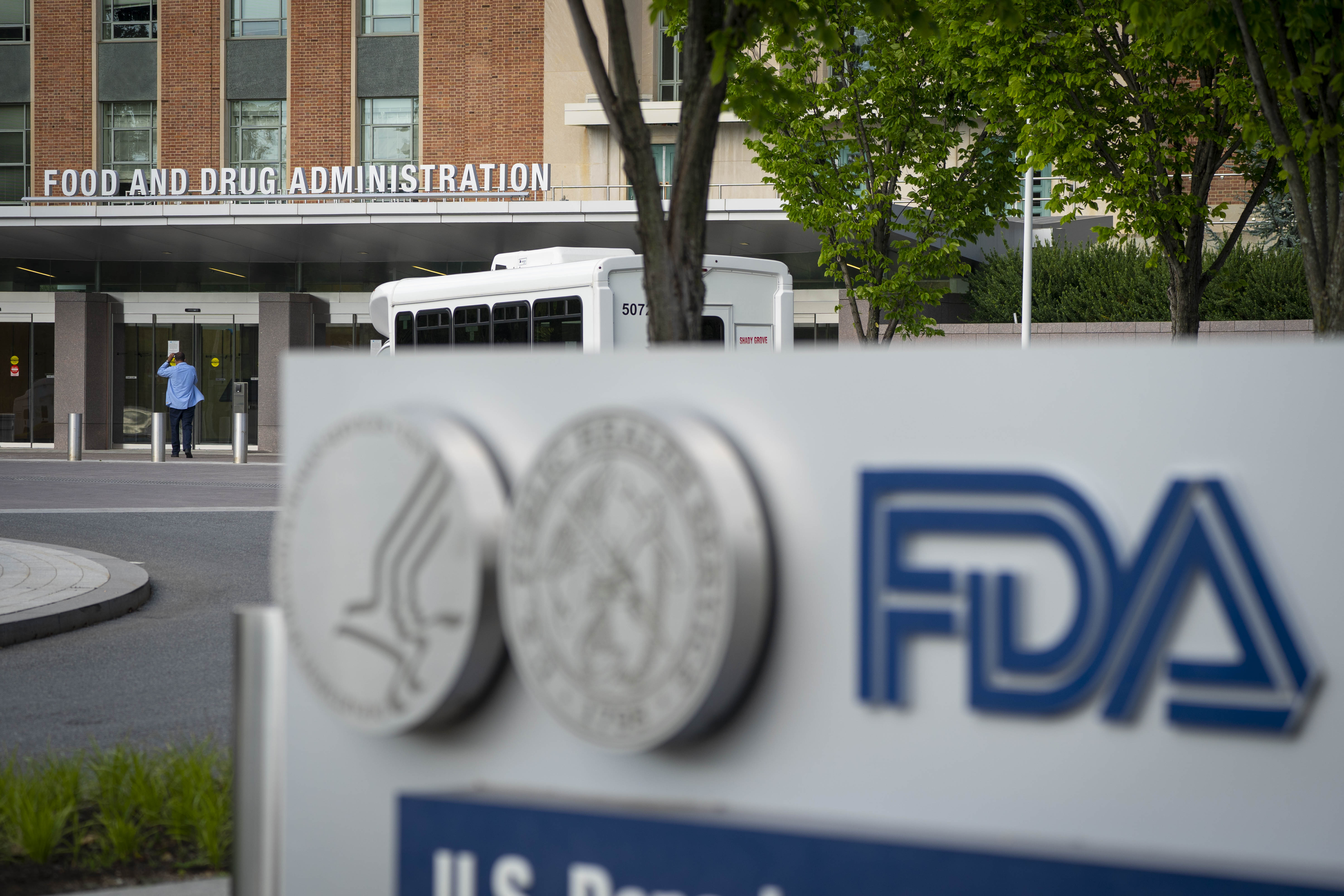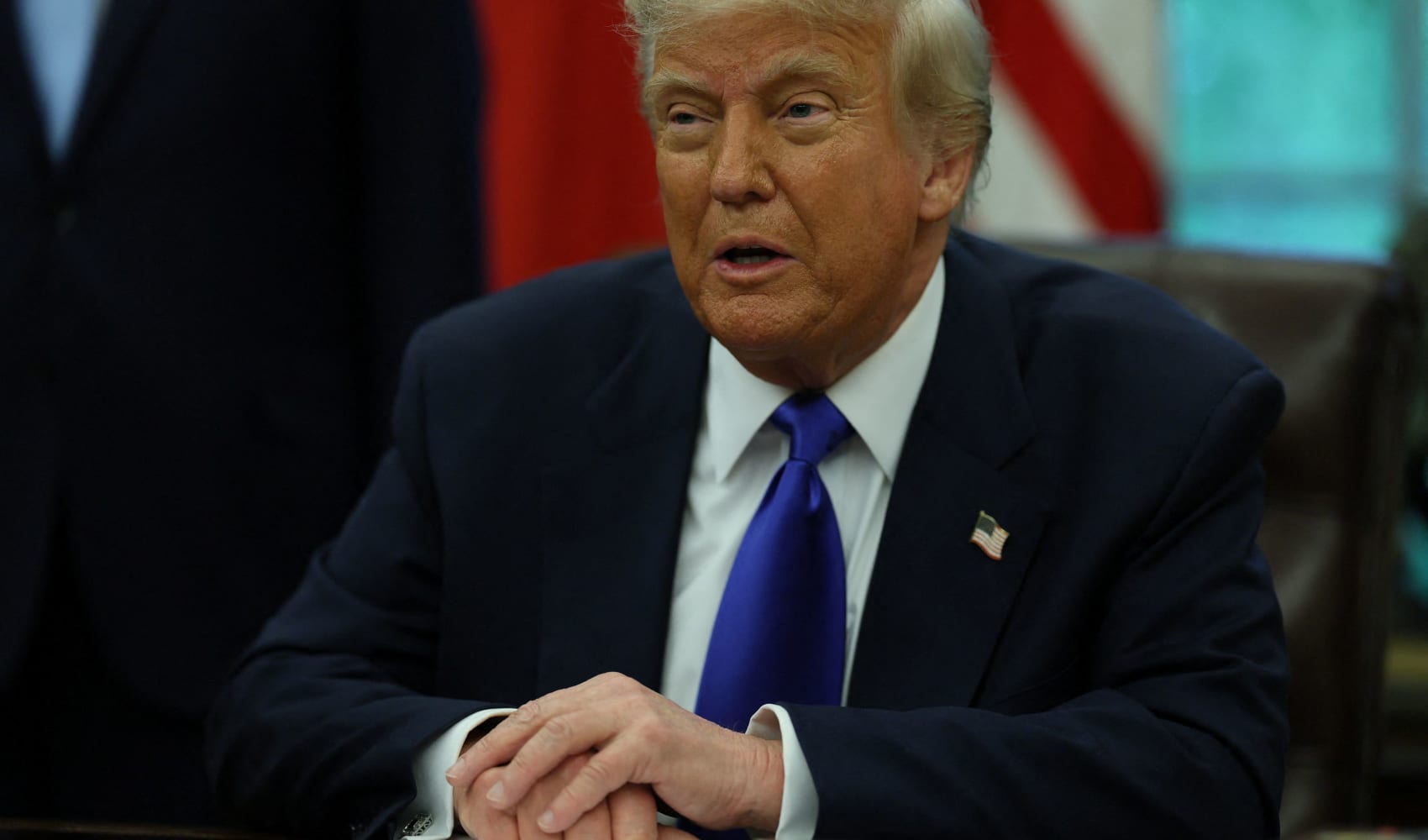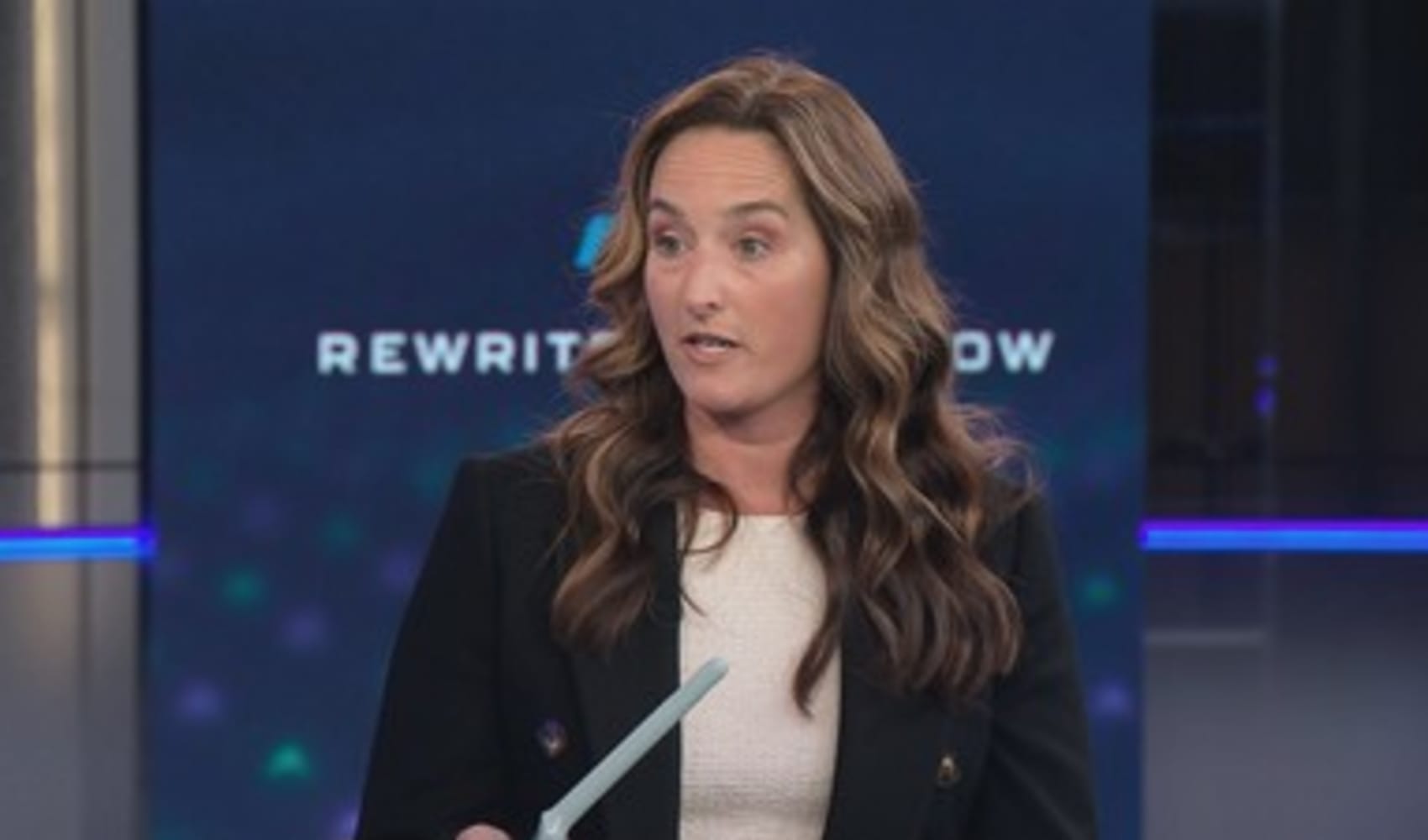FDA Slow-Walking Vaccines? Unpacking Approval Delays
Is the FDA Slow-Walking Vaccine Approvals? A Deep Dive
Introduction: What's Going On With Vaccine Approvals?
Lately, whispers have turned into outright concerns: Is the FDA, the agency tasked with ensuring the safety and effectiveness of our medicines, dragging its feet on vaccine approvals? We’re not just talking about any vaccine here, but potentially life-saving vaccines like Novavax, which offers a different technology than the widely used mRNA shots. What could be the reasons behind such delays, and what are the potential implications for public health? Let's unpack this complex issue.
The Allegations: Slow-Walking and New Hurdles
Former government health officials are raising red flags, suggesting the possibility of politically motivated delays in vaccine approvals, reminiscent of tactics allegedly employed during the previous administration. The core fear is that new regulatory hurdles are being deliberately imposed on drugmakers, such as revised approval requirements or demands for additional clinical trial data. But are these concerns grounded in reality, or is it just political posturing?
Novavax and the FDA: A Case Study
The Story So Far
The FDA's recent decision regarding Novavax's COVID-19 vaccine application has fueled these anxieties. The agency confirmed it is requiring Novavax to conduct another clinical trial, even though the vaccine has been available under emergency use authorization (EUA) since 2022. What's the rationale behind this decision?
"A New Product" or Old Data?
Dr. Marty Makary, the FDA’s commissioner, argues that Novavax is essentially seeking approval for “a new product” based on "old data." But is this a fair assessment? Is the FDA moving the goalposts mid-game? Critics argue that the existing data should be sufficient, particularly given the vaccine's already established safety profile under the EUA.
Traditional Technology vs. mRNA: A Choice for Consumers?
Novavax’s vaccine utilizes a traditional protein-based approach, a technology that many people may be more familiar and comfortable with compared to the newer mRNA technology used by Pfizer and Moderna. This provides a crucial alternative for individuals hesitant about mRNA vaccines. By potentially delaying or denying approval, is the FDA limiting consumer choice and access to a potentially valuable tool in combating COVID-19?
The Clinical Trial Data: Is it Enough?
A 30,000-Person Study: A Significant Sample Size
Novavax's application to the FDA was based on a robust 30,000-person randomized clinical trial conducted in 2021 across the U.S. and Mexico. This is a substantial dataset that meets or exceeds the sample sizes used for many other vaccine approvals. So, what’s different this time?
Missing the Deadline: A Sign of Trouble?
Adding to the concern, the agency missed an April 1st deadline for making a decision on the application. This delay further fuels speculation that the approval process is being deliberately stalled. Is this just bureaucratic red tape, or is there something more sinister at play?
Political Influence vs. Scientific Rigor: Finding the Balance
The Ghost of Administrations Past
The mention of the Trump administration's potential influence raises concerns about the politicization of scientific decision-making. It's crucial that vaccine approvals are based solely on scientific evidence and data, free from political pressure. But can we truly separate science from politics in such high-stakes situations?
Maintaining Public Trust: A Delicate Balance
The FDA faces a daunting task: maintaining public trust while navigating complex scientific and political landscapes. Any perceived manipulation of the approval process can erode public confidence in vaccines and the agency itself. This makes transparency and clear communication paramount.
Possible Explanations for the Delay
Evolving Virus Variants: A Moving Target
One possible explanation for the FDA's caution is the constant evolution of the COVID-19 virus. New variants may render existing vaccines less effective, requiring updated formulations and additional testing. Is the FDA simply being cautious in the face of an ever-changing viral landscape?
Long-Term Efficacy and Safety: The Need for More Data
Another factor could be the need for more long-term data on vaccine efficacy and safety. While the initial clinical trials showed promising results, the long-term effects of vaccines are still being studied. Is the FDA prioritizing long-term safety over speed of approval?
The Impact of Delays
Limiting Access to Alternative Vaccines: A Disadvantage for Some
Delaying the approval of Novavax could limit access to a valuable alternative for individuals who are hesitant about mRNA vaccines or who have contraindications to those shots. This restricts their ability to protect themselves against COVID-19. Are we potentially putting people at unnecessary risk by delaying access?
Slowing Down the Pandemic Response: A Setback for Public Health
In the broader context, slowing down the vaccine approval process could hinder the overall pandemic response. A diverse portfolio of vaccines is crucial for achieving widespread immunity and controlling the spread of the virus. Are these delays inadvertently prolonging the pandemic's impact?
Transparency and Accountability: Demanding Answers
Holding the FDA Accountable: The Public's Right to Know
It's crucial to demand transparency and accountability from the FDA. The public has a right to understand the reasons behind these delays and to ensure that decisions are based solely on scientific evidence. How can we ensure that the FDA is acting in the best interests of public health, not political agendas?
The Role of Independent Oversight: Ensuring Objectivity
Independent oversight mechanisms can play a vital role in ensuring the objectivity of the FDA's decision-making process. Independent panels of experts can review the data and provide unbiased recommendations. Can these mechanisms help restore public trust and ensure that approvals are based on sound science?
Conclusion: The Stakes Are High
The question of whether the FDA is slow-walking vaccine approvals raises significant concerns about political influence, scientific integrity, and public health. The potential consequences of delayed approvals are far-reaching, affecting access to alternative vaccines, slowing down the pandemic response, and eroding public trust in the agency. It is essential to demand transparency, accountability, and independent oversight to ensure that vaccine approvals are based solely on scientific evidence and prioritize the health and well-being of the population.
Frequently Asked Questions
Q1: What is the main concern about the FDA's handling of vaccine approvals?
The primary concern is that the FDA might be deliberately delaying vaccine approvals, possibly due to political influence or imposing unnecessary hurdles on drugmakers, rather than basing decisions solely on scientific evidence.
Q2: Why is the Novavax vaccine considered an important alternative?
Novavax uses a traditional protein-based vaccine technology, which may be more familiar and acceptable to individuals hesitant about the newer mRNA technology used by Pfizer and Moderna. It provides an important choice for people seeking COVID-19 protection.
Q3: What evidence suggests that the FDA might be "slow-walking" approvals?
The FDA's requirement for Novavax to conduct an additional clinical trial despite previous positive data, along with the missed decision deadline, fuels concerns about potential delays.
Q4: How could delayed vaccine approvals impact public health?
Delays could limit access to alternative vaccines, hinder the pandemic response by slowing down vaccine availability, and erode public trust in the FDA and vaccines in general.
Q5: What can be done to ensure transparency and accountability in the vaccine approval process?
Demanding transparency from the FDA, implementing independent oversight mechanisms, and ensuring decisions are based solely on scientific evidence are crucial steps to maintain public trust and ensure responsible vaccine approvals.


